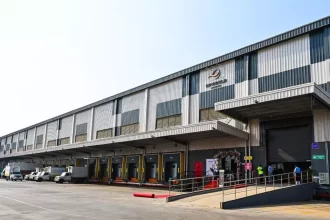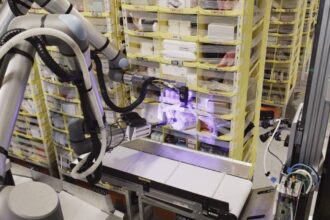Apple is set to start iPhone 17 manufacturing in India, marking a major shift in its production strategy. For years, Apple relied on China for its manufacturing, but recent moves to diversify its supply chain have brought India into focus. The decision to start early iPhone 17 manufacturing in India aims to strengthen Apple’s global reach and supply chain resilience. This article explores why Apple made this shift, what “New Production Introduction” (NPI) means, and the broader impact of this change.
Why Apple Chose to Shift iPhone 17 Manufacturing to India
Apple’s decision to relocate early iPhone 17 manufacturing to India is part of a larger plan. The tech giant has recognized the need to diversify its supply chain and reduce dependency on China. Shifting production to India brings several advantages:
- Supply Chain Resilience: Apple aims to make its supply chain more adaptable to geopolitical changes. By expanding into India, Apple can reduce its risks associated with relying solely on Chinese manufacturing.
- Growth Potential in India: India has shown positive results as a manufacturing base for Apple. Over the last six months, Apple exported iPhones worth $6 billion from India, signaling the success of its initial investments.
With this move, Apple aims to make India a significant player in its global production strategy.
Understanding Apple’s New Production Introduction (NPI) Phase
The early iPhone 17 manufacturing process in India focuses on the New Production Introduction (NPI) phase. But what exactly is NPI?
NPI is the stage where Apple refines a prototype into a manufacturing-ready design. During this process, Apple finalizes materials, designs, and production methods. Historically, Apple handled all NPI work in China due to its established infrastructure. However, for the standard iPhone 17 model, Apple is conducting NPI in India. This shift highlights Apple’s confidence in India’s manufacturing capabilities and further diversifies its operations.
iPhone 17 Manufacturing in India: Benefits and Challenges
Starting iPhone 17 manufacturing in India brings many benefits, but it also poses unique challenges.
- Benefits:
- Lower Dependence on China: India’s role in manufacturing allows Apple to rely less on China, balancing its production sources.
- Cost Efficiency: Manufacturing in India can offer cost advantages, benefiting Apple’s bottom line and providing flexibility.
- Local Expertise Development: By working closely with Indian facilities, Apple supports local expertise, which could streamline future production.
- Challenges:
- Infrastructure Requirements: China has established a vast supply chain network for Apple. India will need further investments to match this level.
- Skilled Workforce Development: Training and developing the workforce for complex technology manufacturing will require time and resources.
Despite these challenges, Apple’s recent success in India indicates that the benefits outweigh the obstacles.
What This Means for Apple’s Future Production Strategy
Apple’s commitment to iPhone 17 manufacturing in India is a sign of what’s to come. The company has ambitious plans to move approximately 25% of its production to India over time, expanding from standard models to include high-end models like the iPhone 16 Pro. This shift aligns with Apple’s vision of a global production footprint that can withstand economic and political changes.
Conclusion: A Strategic Move Towards Global Production Resilience
The iPhone 17 manufacturing in India reflects Apple’s strategic focus on creating a more resilient and diversified supply chain. As Apple continues to expand its Indian manufacturing operations, we can expect similar shifts for future models. By spreading its production bases across multiple countries, Apple is not only securing its supply chain but also paving the way for long-term growth and stability.
This shift towards India is an exciting development that could redefine Apple’s global strategy and mark India as a key player in high-tech manufacturing.







